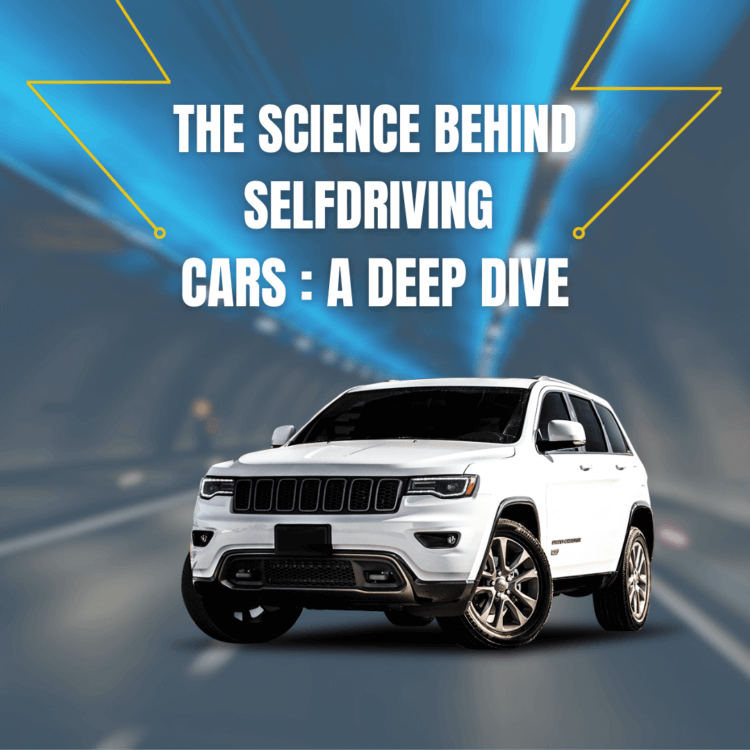Self-driving cars, also known as autonomous vehicles (AVs), represent a culmination of cutting-edge technology from various scientific disciplines. Here’s a deep dive into the science behind self-driving cars:
Lidar sensors use lasers to measure distances and create detailed 3D maps of the car’s surroundings. This technology allows the car to “see” objects and obstacles in real-time.
Radar systems use radio waves to detect objects and their relative velocities. They are especially useful in adverse weather conditions.
Cameras capture images of the road and surroundings. Advanced computer vision algorithms process these images to identify lane markings, traffic signs, pedestrians, and other vehicles.
Ultrasonic sensors use sound waves to detect objects at close range, aiding in parking and low-speed maneuvers.
Sophisticated software processes data from all sensors to create a comprehensive understanding of the environment. This includes identifying objects, tracking their movements, and predicting their future positions.
High-definition maps are crucial for AVs. These maps provide detailed information about road geometry, lane markings, traffic signs, and even the precise locations of traffic lights. AVs use GPS, IMU (Inertial Measurement Unit), and visual odometry to precisely localize themselves within these maps.
V2X (Vehicle-to-Everything) communication allows AVs to exchange data with other vehicles and infrastructure elements like traffic lights. This enables cooperative driving and enhances safety.
Science isn’t limited to technology; it also encompasses legal, ethical, and regulatory aspects. Governments and organizations are working together to establish rules and standards for AVs.
Extensive testing, both in real-world scenarios and simulation, is necessary to validate the safety and reliability of AVs. Simulation allows for the testing of countless scenarios and edge cases that may not be practical to test on the road.
Understanding how humans interact with AVs is also a scientific concern. This includes user interfaces, displays, and communication methods to ensure that passengers and pedestrians can understand and trust AVs.
AVs are susceptible to cyberattacks, so cybersecurity is a critical component. Research in encryption, intrusion detection, and network security is essential to protect AVs from malicious actors.
AVs can benefit from research in energy-efficient propulsion systems, lightweight materials, and aerodynamics to reduce their environmental impact.
Self-driving cars are the result of the convergence of multiple scientific fields, including computer science, robotics, electrical engineering, automotive engineering, and data science. Advancements in these disciplines are continually pushing the boundaries of what is possible, bringing us closer to the widespread adoption of autonomous vehicles.










No Comments
Leave Comment